The manifestation of the quantum gravitational field becomes evident when observing phenomena at the Planck’s length scale. Hence, the tiniest constituent of our cosmos, which is not even perceptible, must exist at the scale of Planck’s length.
Category: space – Page 244
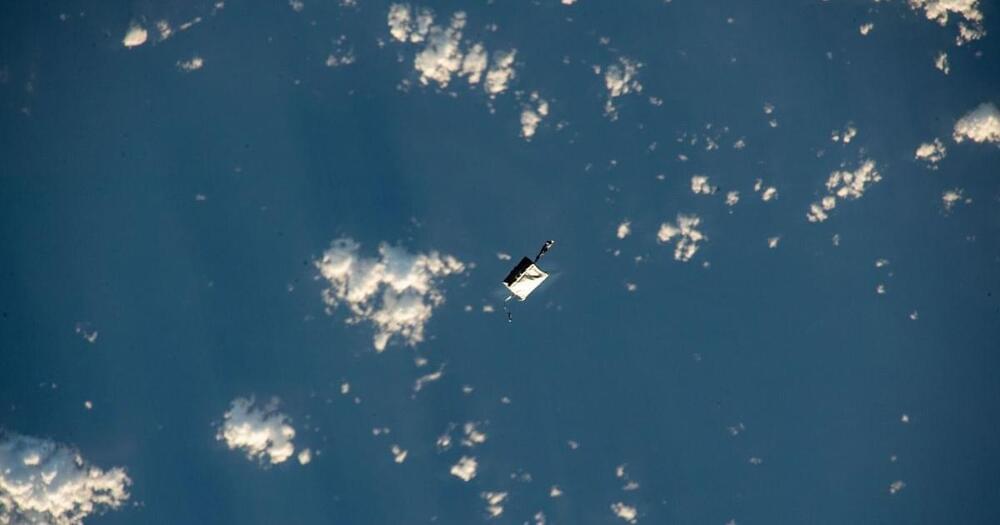
A cosmic ‘speed camera’ just revealed the staggering speed of neutron star jets in a world first
How fast can a neutron star drive powerful jets into space? The answer, it turns out, is about one-third the speed of light, as our team has just revealed in a new study published in Nature.
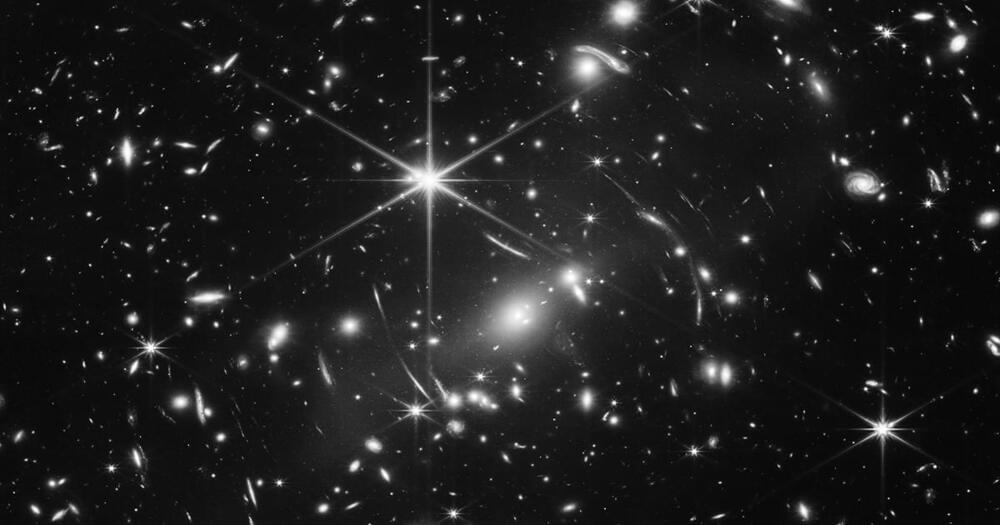
The James Webb’s Beautiful Images Actually Arrive in Black and White
This just in: the James Webb Space Telescope (JWST) is a Tumblr girl, actually.
Since its launch in 2022, the JWST has dazzled the masses with spectacular photos of interstellar sights like the pillars of creation, exploding stars, and — checks notes — squirting moons.
While the public sees those images are seen in striking color, though, that’s not actually how the JWST captures them. As Space.com reports, images snapped by the advanced telescope first arrive to researchers in black and white, and are then colored back on Earth by scientists who use data to make a well-educated guess as to what the cosmic bodies in the pictures might look like in the spectrum of visible light.
Opposites attract? Not in new experiment that finds loophole in fundamental rule of physics
Related: Scientists find ‘ghost particles’ spewing from our Milky Way galaxy in landmark discovery (video)
“Because like-charged objects in a vacuum are expected to repel regardless of whether the sign of the charge they carry is positive or negative, the expectation is that like-charged particles in solution must also monotonically repel,” the researchers wrote in the paper.
To test the assumption, the researchers placed charged silica microparticles (measuring just 0.0002 inch, or 5 micrometers, wide — a fraction of the width of a human hair) inside water or one of two types of alcohol. By tracking the charges with a microscope, the team established that, inside water, the positively charged particles pushed themselves away from each other in accordance with Coulomb’s law.
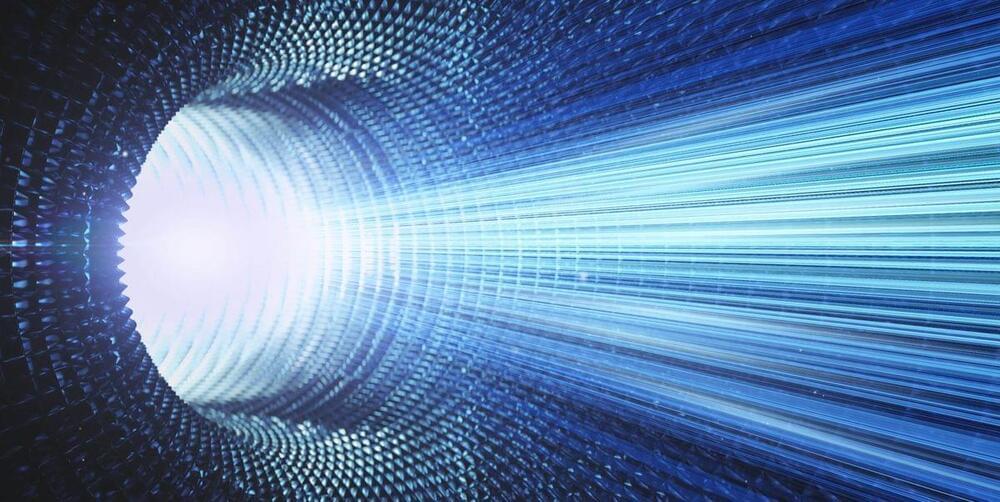
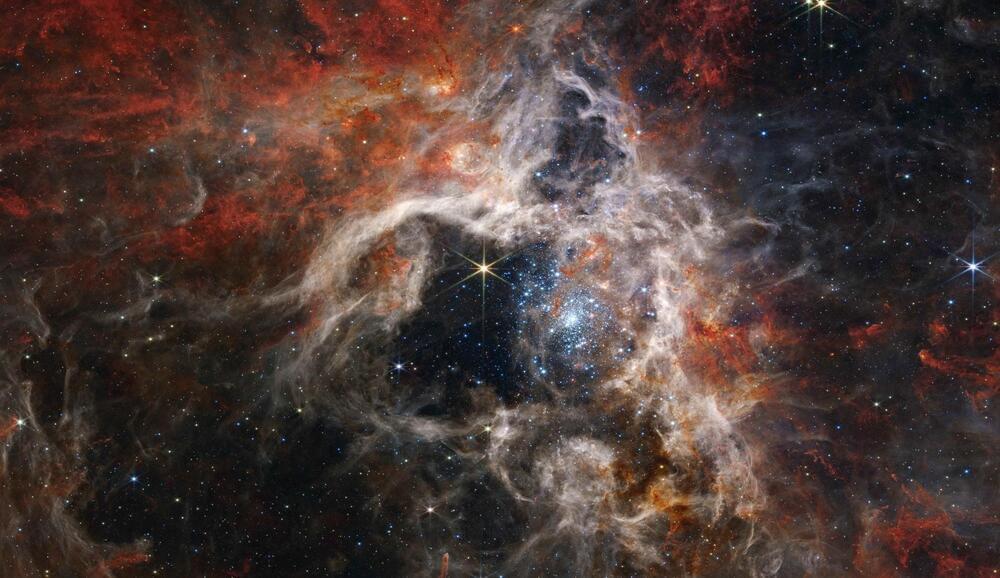
How Magnetism Shapes The Universe
Sign Up on Patreon to get access to the Space Time Discord!https://www.patreon.com/pbsspacetimeCheck out the Space Time Merch Store https://www.pbsspacetime.c…
Two Scientists Are Building a Real Star Trek ‘Impulse Engine’
Space may be the final frontier, but we can’t go far on rocket fuel. Now, two scientists are working on a device that may one day make the \.
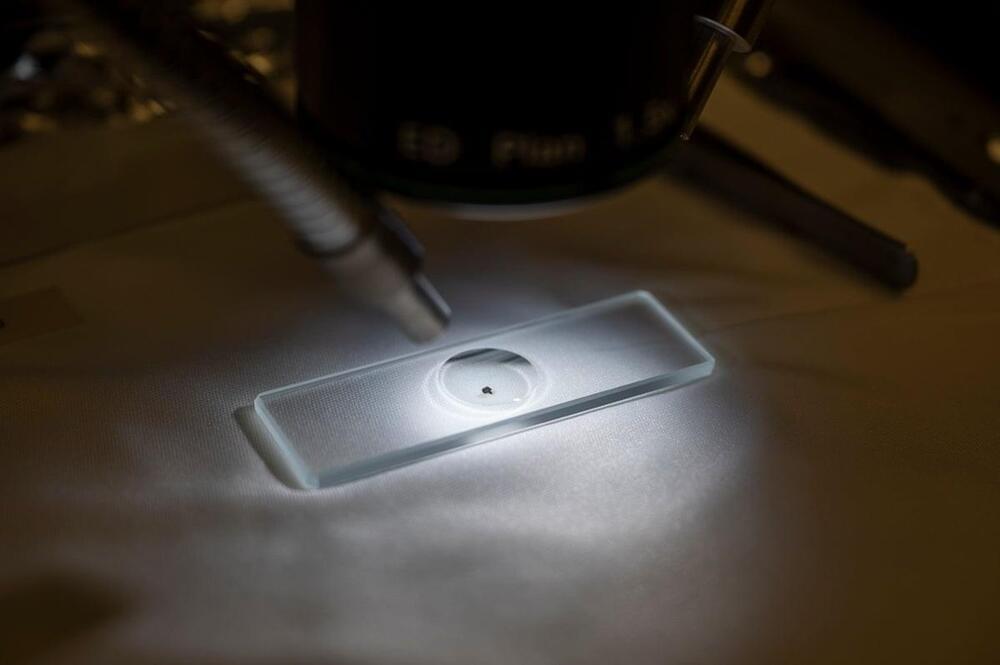
NASA’s New Asteroid Sample Is Already Rewriting Solar System History
Scientists have scarcely begun studying pristine material from asteroid Bennu brought back to Earth by the OSIRIS-REx mission, but have already found several surprises.